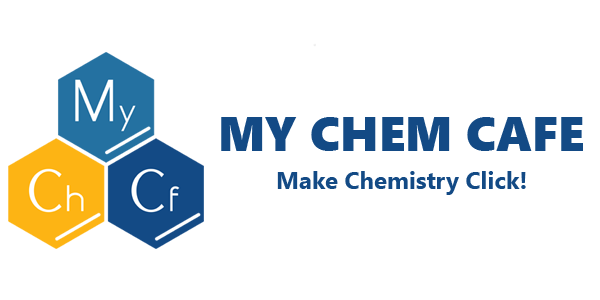25. The Chemistry of the Winkler Method
Who is Lajos Winkler?
Winkler is a Hungarian analytical chemist who developed a highly accurate method to measure the amount of dissolved oxygen in water. Oxygen makes up around 78% of the air, and this easily dissolves in rivers, lakes, oceans allowing fishes and other aquatic animals to receive sufficient oxygen. The Winkler titration method is very popular because of its useful applications in life, but also popularly known as the most difficult part of learning redox reactions, among a few students. Our chemistry tutor can easily break down the applications as well as the steps to conduct the analysis as easily as possible.
The use of Dissolved Oxygen Analysis
It is extremely important that scientists study the aquatic environment by taking water samples and determining the amount of dissolved oxygen among other tests to ensure sustainable development in countries. This is especially necessary to Singapore, due to its way to pursue the GreenGov.SG initiative. This analysis can be used to determine the amount and type of biomass a freshwater system can support, as well as the health and cleanliness of a lake or a stream. Despite the modern automated methods that are already present to measure the dissolved oxygen, the Winkler titration method is very accurate such that it is itself used to check the reliability of the automated instruments. Moreover, this method can easily be carried out in the field using special oxygen testing kits, as it does not require external electricity or the presence of lab equipment. Students would ask, “What are you going to do with the measured oxygen content?”. Knowing the syllabus at the back of the hand, our chemistry tutor would answer them that when the oxygen content is high, the water is able to support a variety of aquatic life, such as microorganisms and plants. However, when the oxygen content of the water sample is low, the cause will be further investigated, and solutions could be found as well. Our chemistry tuition will help you think through such reflective thinking, that will be more relevant to the real world as opposed to merely memorising the textbook.
What is Biochemical Oxygen Demand?
The usual causes for low oxygen content could include decaying matter, the presence of pollutants blocking oxygen from entering, or a lack of movement of the water. It is true that the presence of organic matters plays an important role in the amount of oxygen in the water. The Biochemical Oxygen Demand (BOD), units of ppm (parts per million) refers to the amount of oxygen that would be consumed should all the organic matter be oxidized in a sample of water at a particular temperature over a period of 5 days. There are a few steps that our chemistry tutor would teach the students and help them get through the most “confusing” part in the redox process. The first step would be to obtain a couple of samples of equal volumes of water from the area that is to be tested and dilute each specimen with a known volume of distilled water. This should be thoroughly shaken to ensure oxygen saturation. Following this, the Winkler method, which our chemistry tutor will go into more detail, will be used to determine the concentration of dissolved oxygen of the first sample. The second sample is sealed and placed in darkness and tested 5 days later. The BOD is then measured and calculated by subtracting the concentration of dissolved oxygen in the 2nd sample from the 1st sample. This will give us the concentration of oxygen consumed by the oxidation of organic matter in the sample. Stick with our chemistry tutor to find out more information about the Winkler Method!
Click HERE to read next
Chemistry Tuition Singapore @ MY CHEM CAFE
Principal Chemistry Tutor: Mr. Jacky Wong

